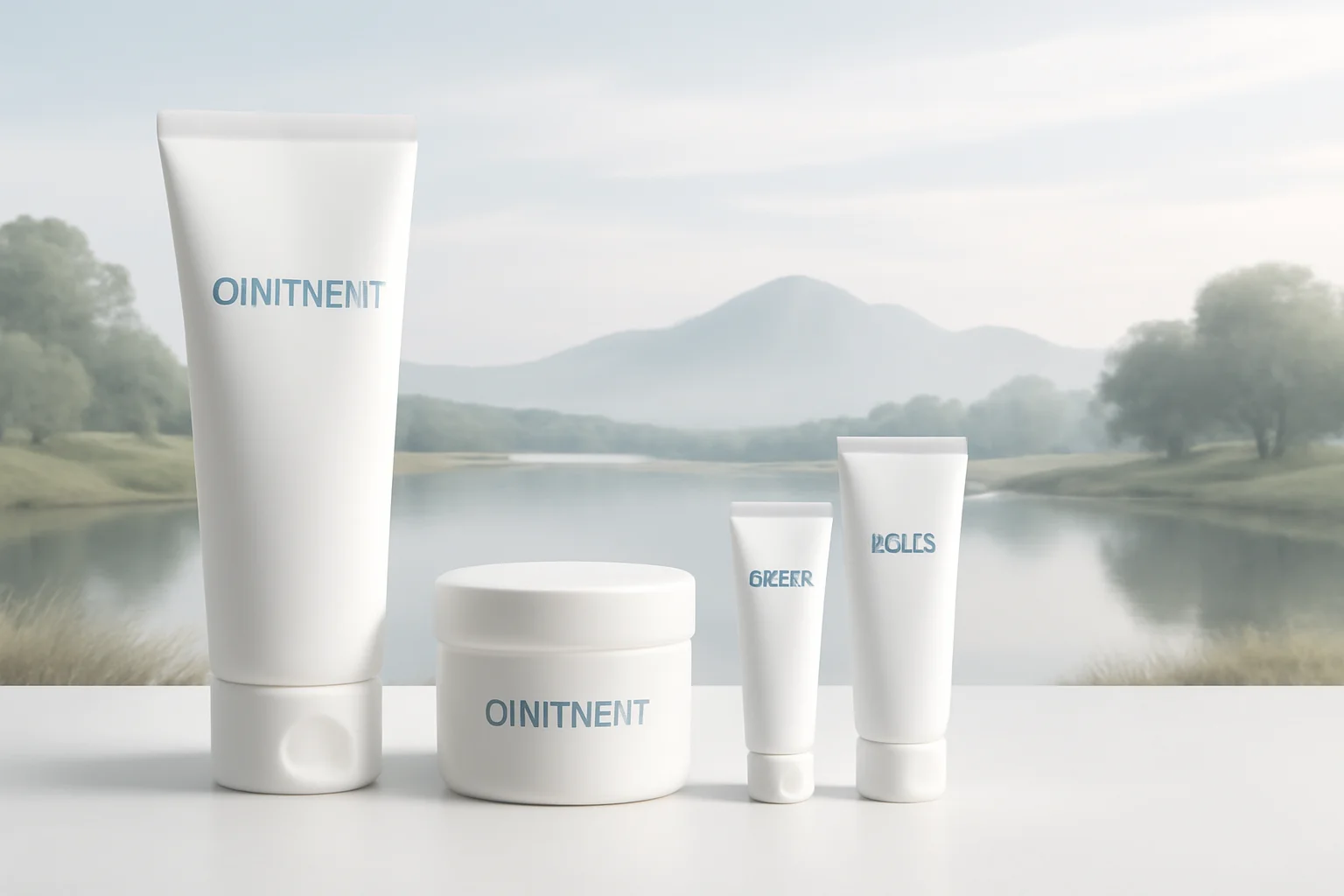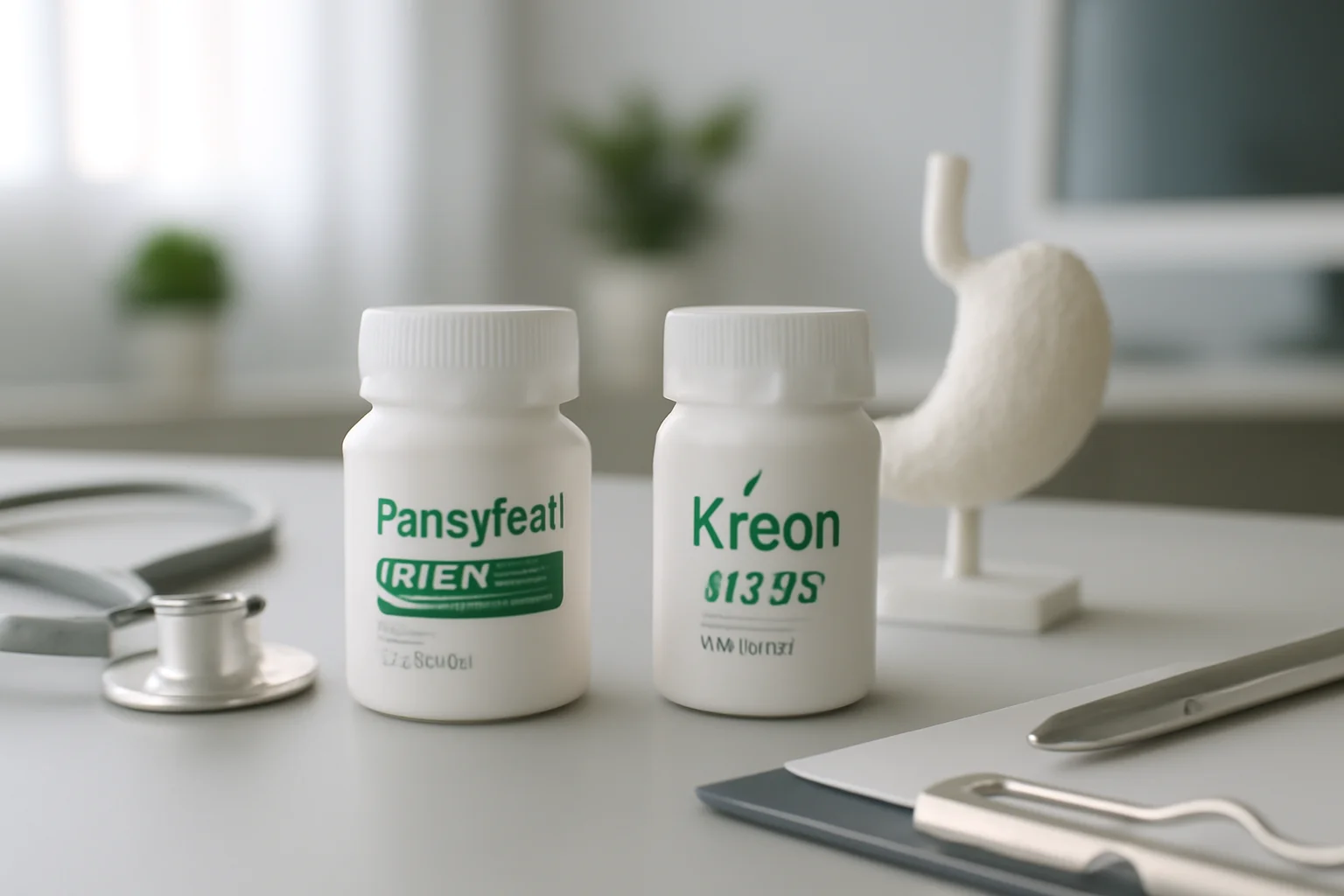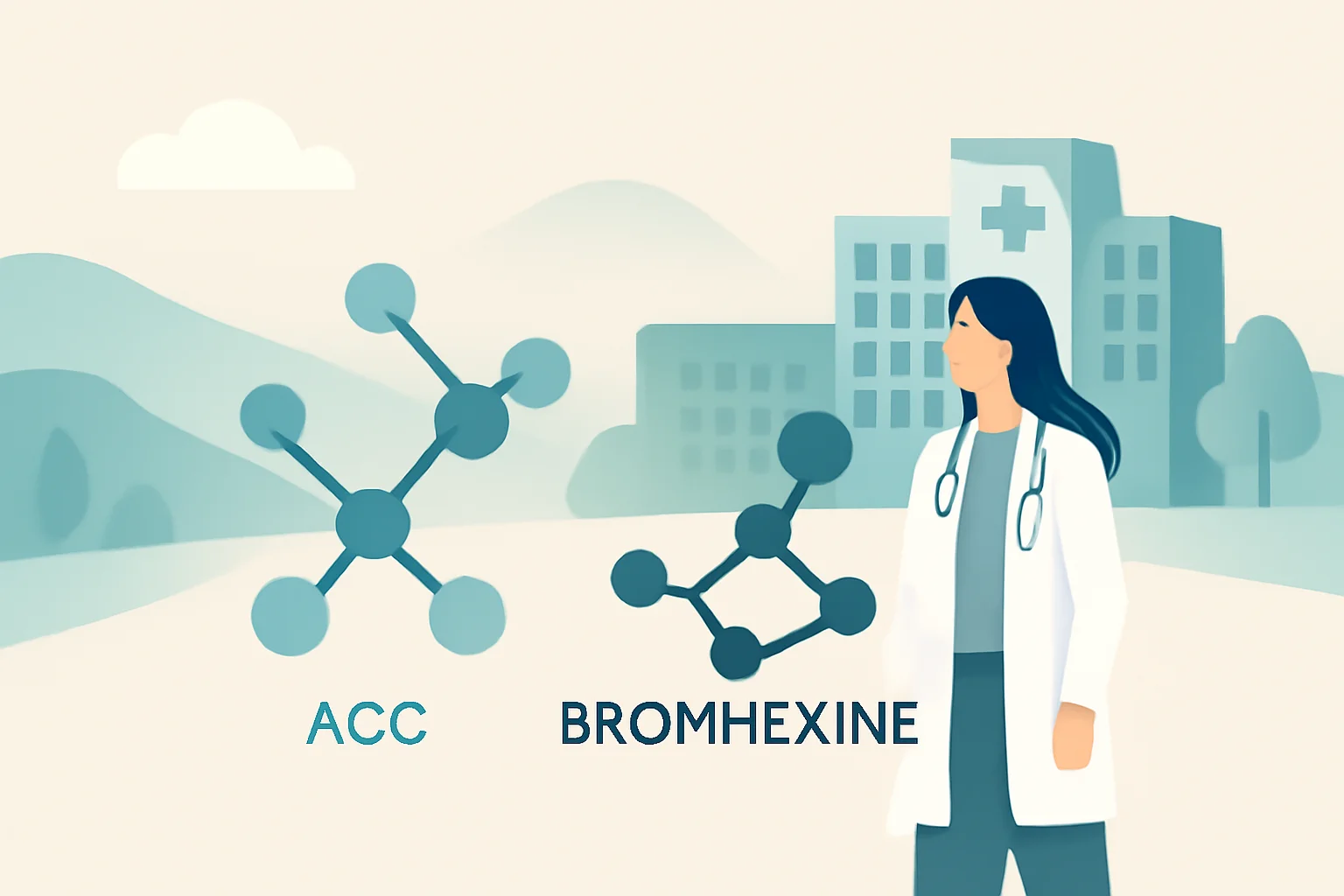
The Best Ointments and Gels for Skin Health
A creams and gels are an important part of our daily lives, as we encounter them in various medicinal and cosmetic formulations. Both types of products serve different purposes and have different mechanisms of action. Creams are generally greasier, while gels are lighter and absorb more quickly into the skin. People often seek information on which is the better choice for a given problem, whether it’s pain relief, inflammation reduction, or treating skin issues.
Due to the wide variety of products available on the market, many are unsure when to choose a cream and when to opt for a gel. The different forms carry various advantages and disadvantages that are worth considering when making a decision. Choosing the right product is crucial not only for effectiveness but also for skin health. Below, we will explore the differences between creams and gels in more detail to help you make the best choice.
Creams: Greasier Texture and Long-lasting Effects
Creams are among the oldest forms of medication and are primarily fat-based preparations. These products typically contain ingredients based on petroleum, lanolin, or oils that help moisturize and protect the skin. Due to their thick consistency, creams are absorbed more slowly into the skin, but this allows them to have a longer-lasting effect.
The greatest advantage of creams is that they are excellent for treating dry, cracked skin. Because they are greasier, they can prevent water from evaporating from the skin’s surface, thus aiding in skin regeneration. Additionally, creams are ideal for inflammation reduction and pain relief, as their slower absorption allows active ingredients to remain in the skin for a longer time.
These products are often used to treat various skin issues, such as eczema, psoriasis, or skin irritation. Creams can be particularly useful in areas where the skin is thinner, such as on the face, as they form a protective layer on the skin’s surface.
However, there are also disadvantages to using creams. Due to their greasy texture, not everyone likes them, and they can easily stain clothing. Moreover, if someone is prone to acne, using creams is not always recommended, as they can clog pores and exacerbate skin problems.
Gels: Lighter Texture and Quick Absorption
Gels are much lighter in texture compared to creams and are generally water-based preparations. As a result, they absorb more quickly into the skin, providing immediate relief. Thanks to their gel consistency, they do not leave a greasy residue on the skin, making them popular among users.
The main advantage of gels is that they are ideal for pain relief, especially in cases of muscle and joint pain. Their quick absorption allows active ingredients to take effect immediately, which can be particularly important in acute pain situations. Additionally, gels are easy to apply before or after sports, as they do not leave a greasy residue on the skin.
Gels are not only popular as pain relievers but also as cooling agents. Many gels contain menthol or other cooling ingredients that can help relax tired muscles and reduce inflammation.
However, there are also disadvantages to using gels. Since they are water-based, they may not hydrate as well as creams. If someone has dry skin, using a gel may not be sufficient for adequate skin hydration. Furthermore, the effects of gels generally last for a shorter duration, requiring more frequent applications, which can be inconvenient in certain situations.
Cream or Gel: Which One to Choose?
The choice between creams and gels often depends on personal preference as well as the issue being treated. It is important to consider the condition of the skin, the necessary active ingredient, and the desired effect. Below are some points that may help in making the decision.
First, if the skin is dry, cracked, or irritated, creams may be the more suitable choice. These products help maintain skin hydration and provide longer-lasting protection. Additionally, if the problem involves inflammation, creams may be more effective, as they are absorbed more slowly and can thus act for a longer time.
On the other hand, if immediate pain relief is needed, gels may be the better option. Their quick absorption provides instant relief and is ideal for an active lifestyle. Using gels can be more convenient, as they do not leave a greasy residue, allowing for application under clothing.
Overall, the choice depends on skin type, the purpose of application, and personal preferences. Both products have their own advantages and disadvantages, and for the best results, it may be worthwhile to consult a professional who can help choose the appropriate formulation.
Note: This article does not constitute medical advice. In case of health issues, everyone should follow their doctor’s recommendations.

